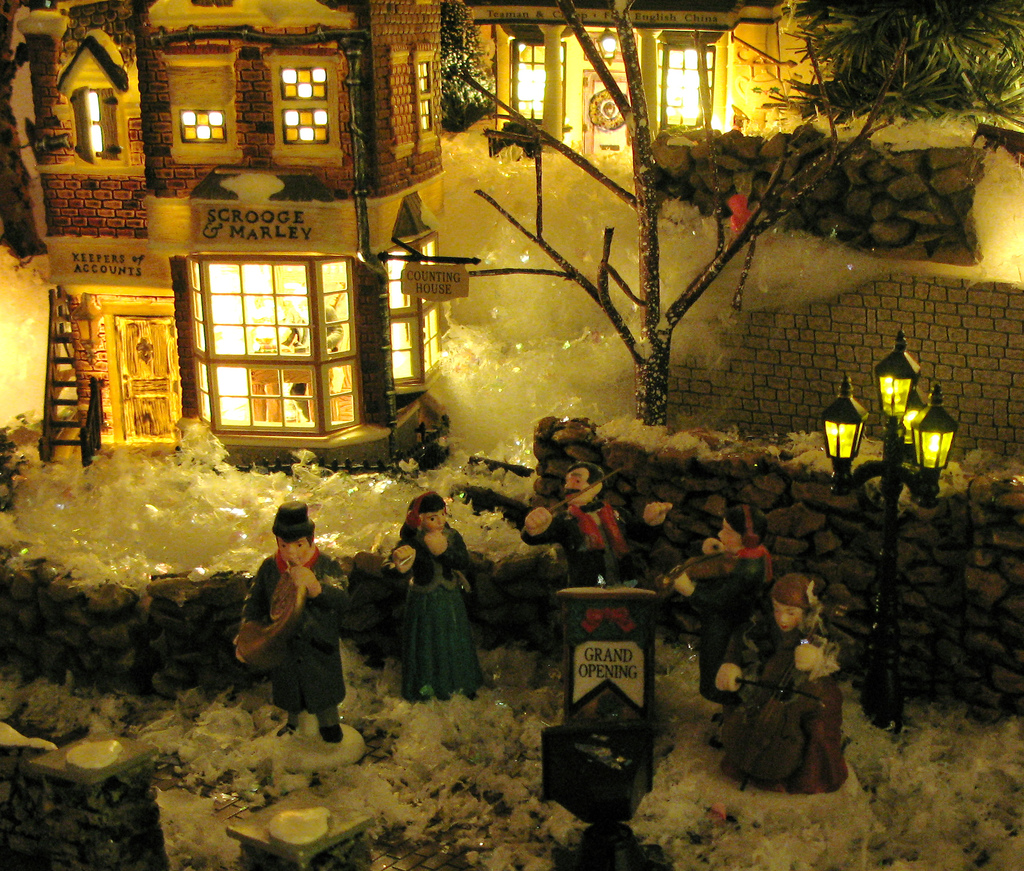Claire Tomalin: Charles Dickens, A Life
Claire Tomalin’s biography of Charles Dickens is many things, but above all it’s fast. She fits Dickens’ 58 frantic years, 20 novels/novellas/Christmas books, his raft of journalism, parties, speeches, tours and benevolent projects into just over 400 pages. It’s an admirable achievement: bewildering occasionally but nonetheless satisfying.
Tomalin has done well to strip off much of the surrounding baggage, leaving us with a fine portrait of Dickens the man. This is no mean feat. As she notes herself Dickens could be approached variously as a satirist, actor, mesmerist, country squire, journalist, despairing father, novelist and from a hundred other angles, all valid books in themselves. She doesn’t do this and doubtless many of his most ardent fans will be disappointed as a result. Instead Tomalin sticks to the essence of Dickens’ character.
This is, of course, his pulsing energy and burning talent which propel him from one enterprise to another. In the third part of the book a brooding darker side emerges. He turns against his wife Catherine, orders a wall to be built between their bedrooms and then separates from her entirely, allowing him to embark on a mysterious relationship with young Nelly Turnan. (Another book in its own right and one Tomalin wrote 20 years ago.)
This third part adds texture and depth to Dickens, changing his image from the loveable Boz – what his daughter Katey called a jolly man with a plum pudding and a bowl of punch – to something more rounded and real: fallible, insecure, duplicitous.
There’s plenty to think about there, but for me all the best bits come in snatched details of Dickens immersed in his daily routines. He invented his very own ‘artful sandwich’ – French roll, butter, parsley, hard-boiled egg and anchovy – prone to head colds, he described his symptoms in typically vivid prose ‘My chest is raw, my head dizzy, and my nose incomprehensible.’ And there is a particularly good scene of a Christmas spent with his family at Gad’s Hill in 1865. Over to Tomalin:
The food was lavish, with cigars for the men, champagne and other wines, and Dickens specially prepared gin punch. On Christmas Day Higham neighbours were invited, a Mr and Mrs Malleson with their daughter, and there was an unexpected arrival, Will Morgan, son of an American sea captain, another of Dickens’ old friends. The great Christmas dinner culminated as usual in a flaming pudding, after which he proposed the toast in the words of Tiny Tim, ‘God bless us every one’. After this there was dancing from nine until two in the morning.
The jovial party-thrower was one of Dickens’ many sides. But, for me, Dickens the writer is more of an allure. It’s interesting to read not just of his successes but also his failures: the many drab Christmas stories that followed Christmas Carol, the sentimental travel books and so on. One of the lessons with Dickens is that he kept ploughing on with great energy regardless. This is the point Tomalin uses to close her narrative. It’s told through a wonderful anecdote.
After he had been writing for long hours at Wellington Street, he would sometimes ask his office boy to bring him a bucket of cold water and put his head into it, and his hands. Then he would dry his head with a towel and go on writing.
—
Image Credit: Kevin Dooley
Get Claire Tomalin’s book from Penguin or watch a YouTube video here
A festive outing? Dickens at the Museum of London
